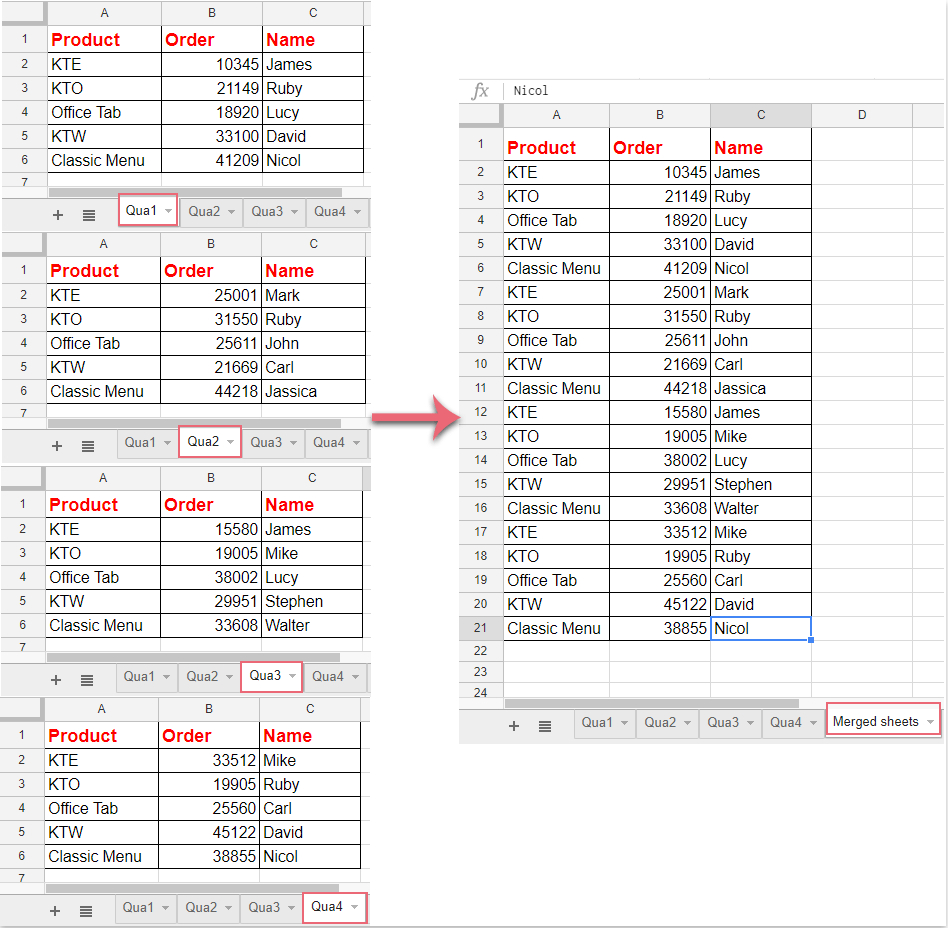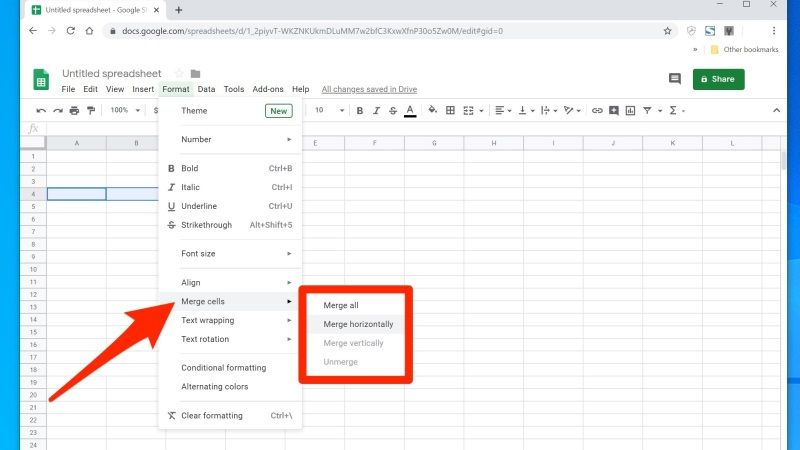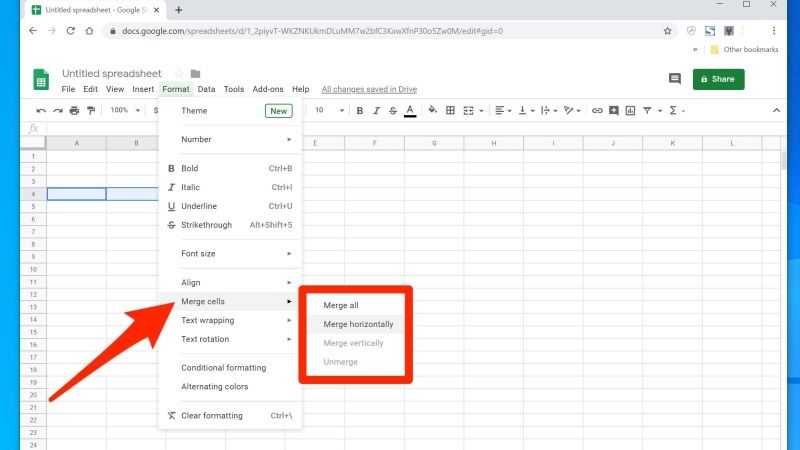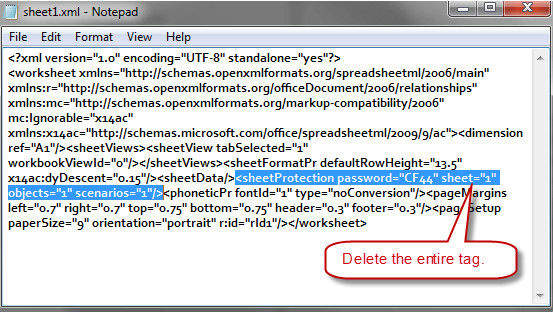5 Ways to Merge Excel Sheets in Google Docs

Merging Excel sheets into a cohesive dataset is a common task for analysts, researchers, and business professionals who work across multiple spreadsheets. With the rise of cloud-based solutions like Google Docs, integrating data from various sources has become more streamlined and efficient. This guide will explore five different methods to merge Excel sheets in Google Docs, providing solutions for various use cases, from simple appending to complex data manipulation.
Method 1: Manual Copy and Paste

The simplest way to merge Excel sheets in Google Docs is through the traditional copy-paste method. Here’s how you can do it:
- Open the first Excel sheet in Google Docs and copy the data range you want to merge.
- Open or create another Google Sheet where you want to combine all data.
- Select the cell where you want to paste the data from the first sheet.
- Right-click and choose Paste, or use Ctrl+V (Cmd+V on Mac).
- Repeat for each sheet, ensuring not to overwrite existing data unless intentional.
📝 Note: This method is best for small datasets or when you want to merge data visually. For large datasets or frequent merging, consider automated methods.
Method 2: Using Google Sheets’ IMPORT functions

Google Sheets provides functions to import data from different sheets within the same document or from other Google Sheets documents:
- IMPORTRANGE: To import data from another Google Sheets document, use this formula:
=IMPORTRANGE("URL_here", "Sheet1!A1:C10")=QUERY(IMPORTRANGE("URL_here", "Sheet1!A1:C10"), "select Col1, Col2 where Col3 contains 'string'")=IMPORTHTML("URL_here", "table", 1)🛠️ Note: You'll need to grant access to each IMPORTRANGE function when used for the first time in a new Google Sheets document.
Method 3: Use Apps Script for Dynamic Merging

Google Apps Script allows for more sophisticated merging tasks:
- Open your Google Sheet where you want the merged data.
- Go to Tools > Script editor.
- Create a script to open each file, loop through sheets, and append or merge data:
function mergeSheets() {
var spreadsheets = ["SpreadsheetID1", "SpreadsheetID2"];
var destinationSheet = SpreadsheetApp.getActiveSpreadsheet().getSheetByName("Master");
for(var i = 0; i < spreadsheets.length; i++){
var sourceSheet = SpreadsheetApp.openById(spreadsheets[i]).getSheets()[0];
var range = sourceSheet.getDataRange().getValues();
destinationSheet.appendRow(range);
}
}⚠️ Note: This method requires basic knowledge of JavaScript and Google Apps Script.
Method 4: Add-on Tools

There are numerous add-ons available that can simplify the merging process:
- Sheet Merger: This add-on allows you to merge multiple sheets from different spreadsheets into one file.
- Consolidate Sheets: Specifically designed for consolidating data from multiple sheets based on certain criteria.
🔍 Note: Explore the Google Workspace Marketplace for additional tools suited to your needs.
Method 5: Offline Merging with Excel Then Uploading

If you are already using Excel or prefer traditional methods, you can merge sheets in Excel and then upload the result to Google Drive:
- Use Excel to consolidate or merge sheets using built-in functions like VLOOKUP, INDEX/MATCH, or Power Query.
- Once the sheets are merged in Excel, save the file.
- Upload this file to Google Drive, then open it with Google Sheets to continue working in the cloud environment.
This method benefits from Excel's robust data manipulation capabilities while allowing for continued collaboration in Google Sheets.
Can I merge Excel sheets in Google Docs without losing formatting?

+
When using copy-paste or IMPORT functions, formatting can be inconsistent. Manual adjustment or using specific add-ons can help maintain formatting.
What are the limitations of IMPORTRANGE?

+
IMPORTRANGE does not sync real-time changes, requires permission to access source sheets, and can run into quota limits with large datasets or frequent updates.
Is there a way to automate the merging process for recurring data updates?

+
Yes, using Google Apps Script, you can automate data merging with time-driven triggers or on event triggers like form submissions.



